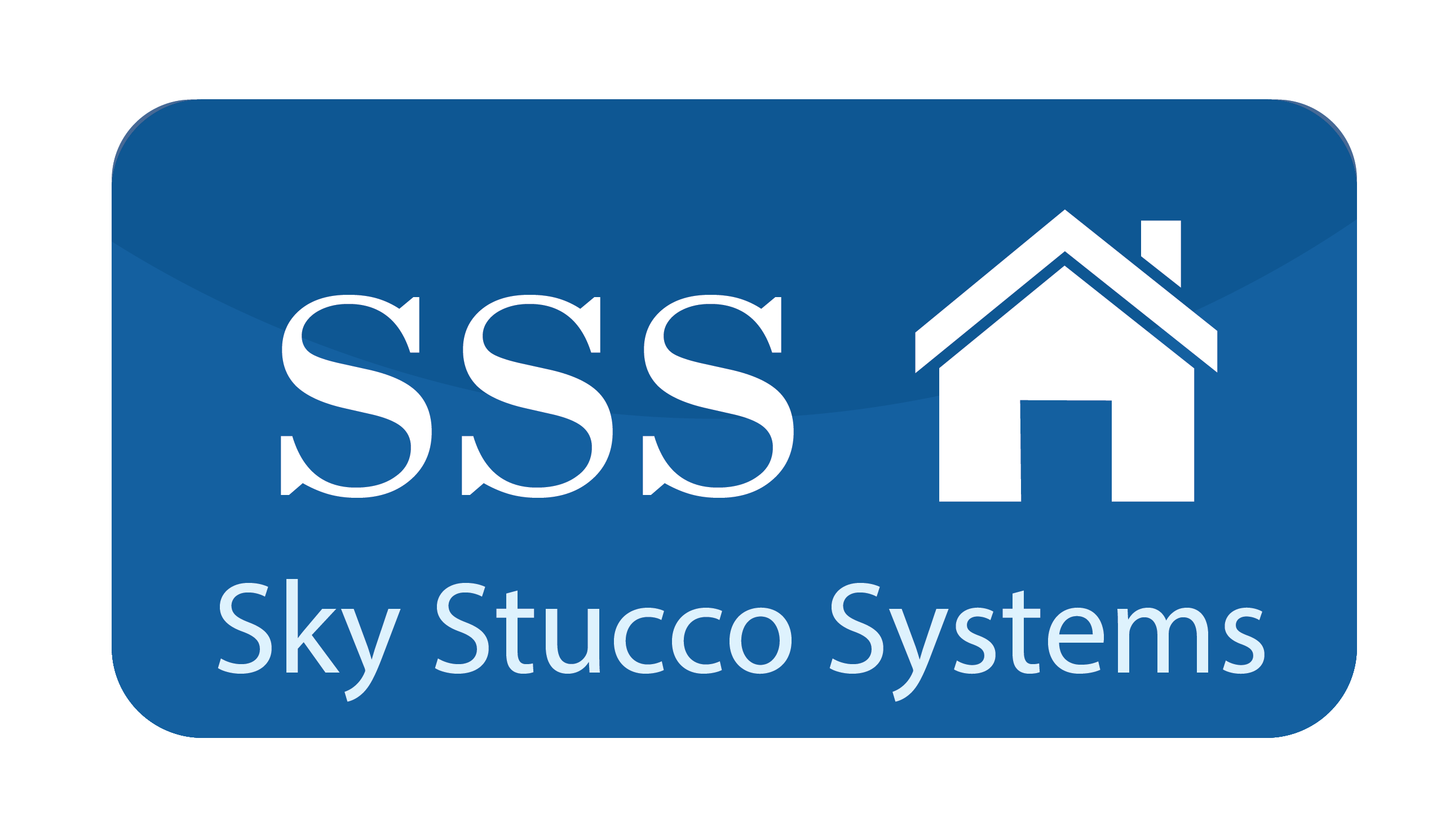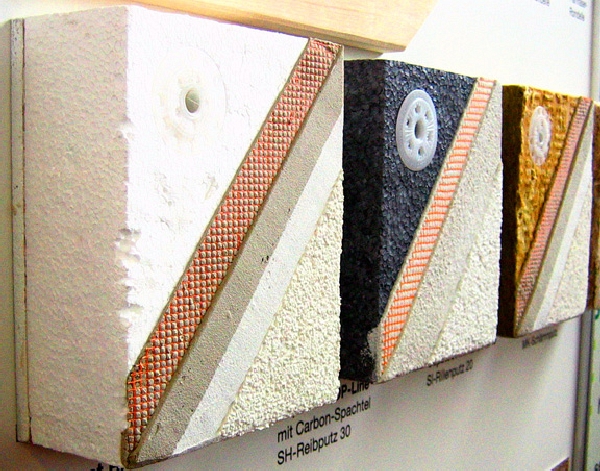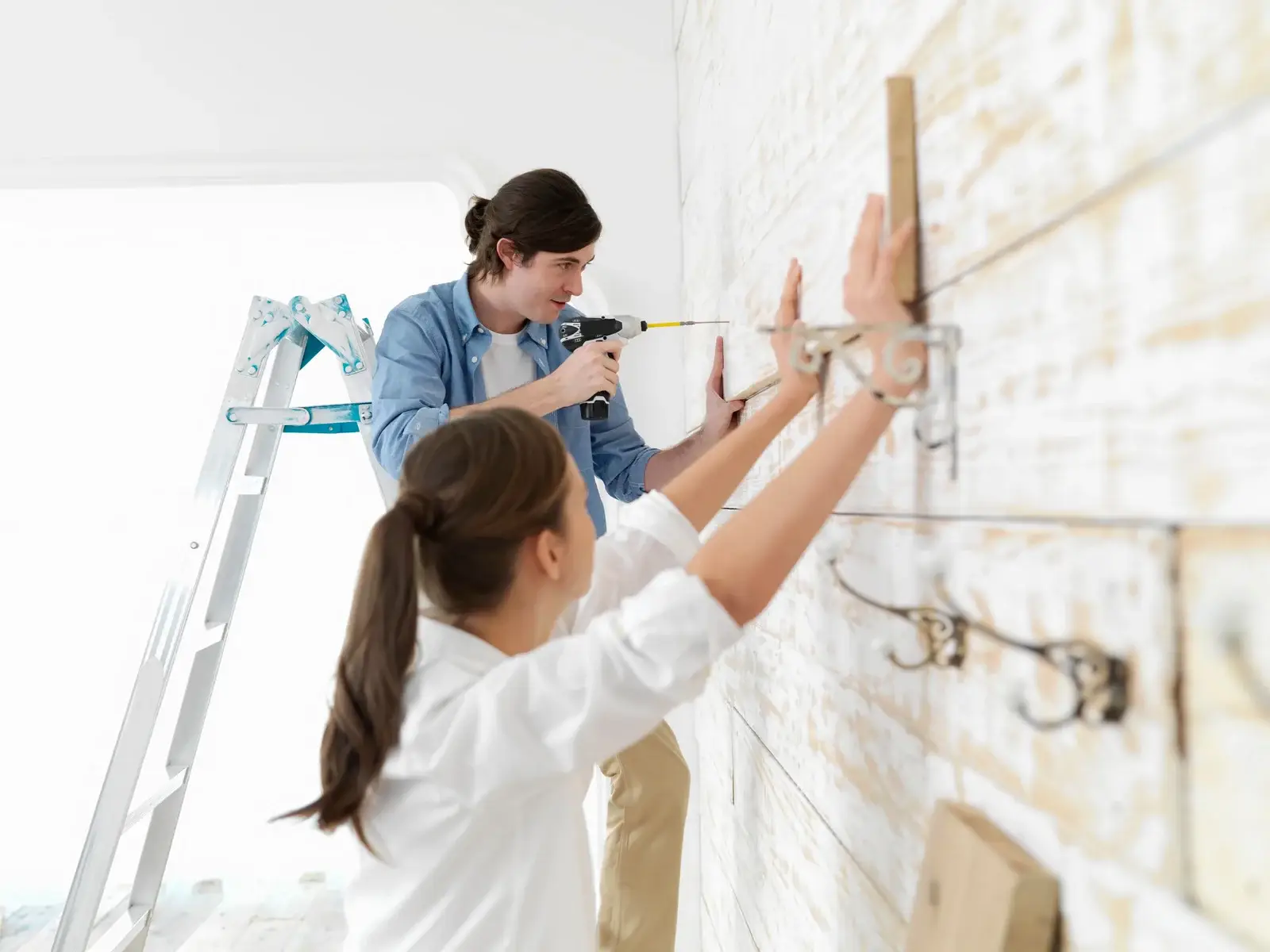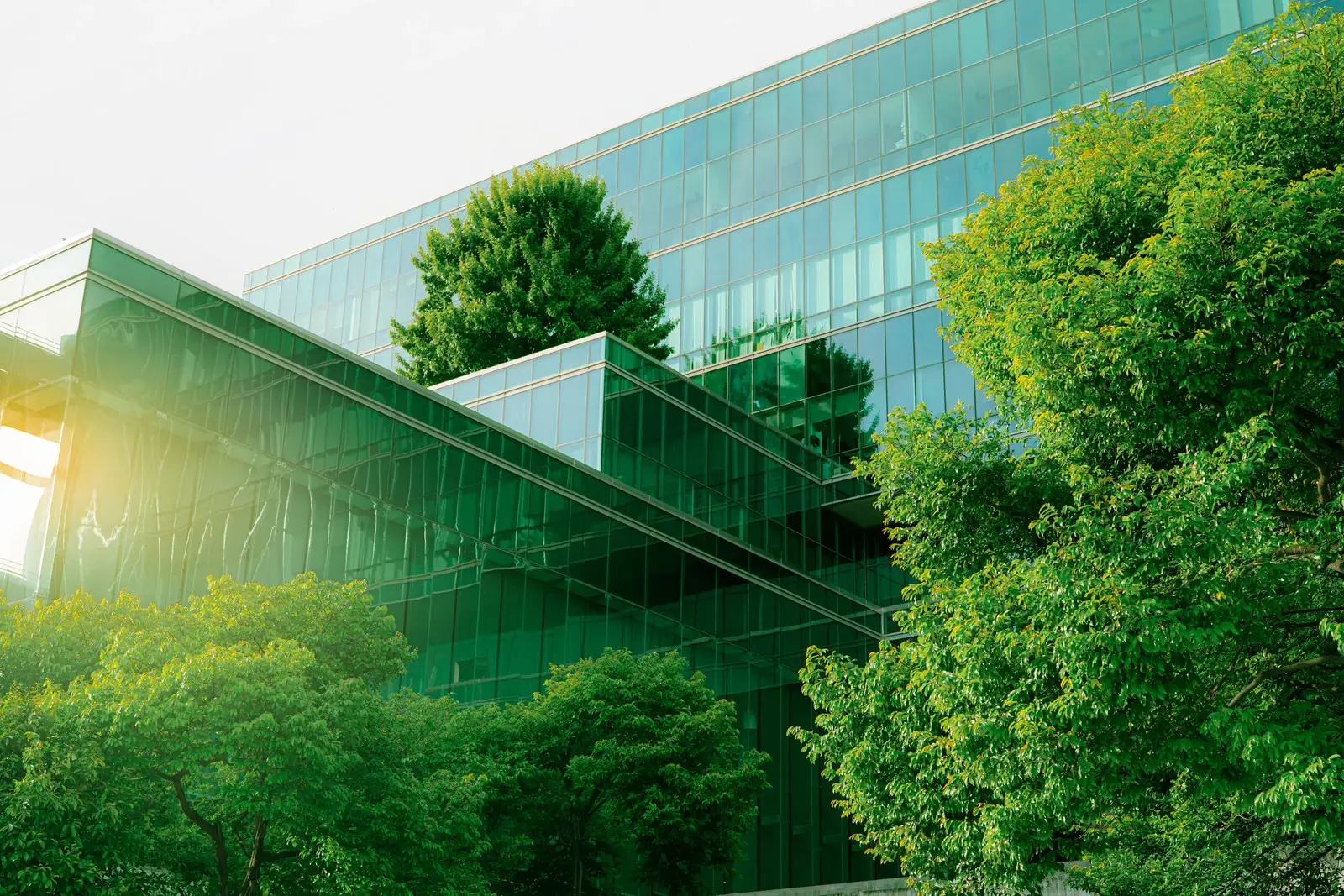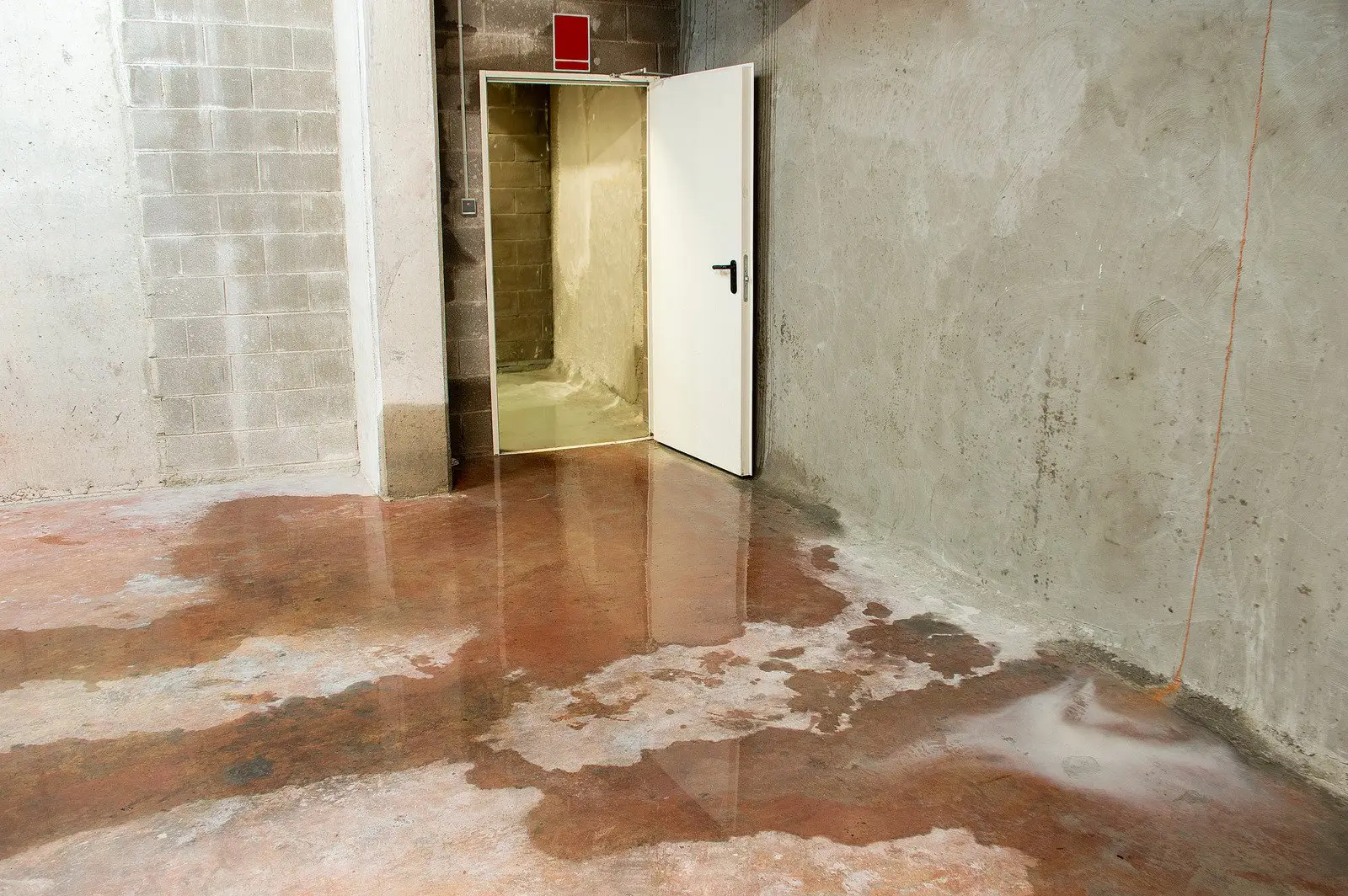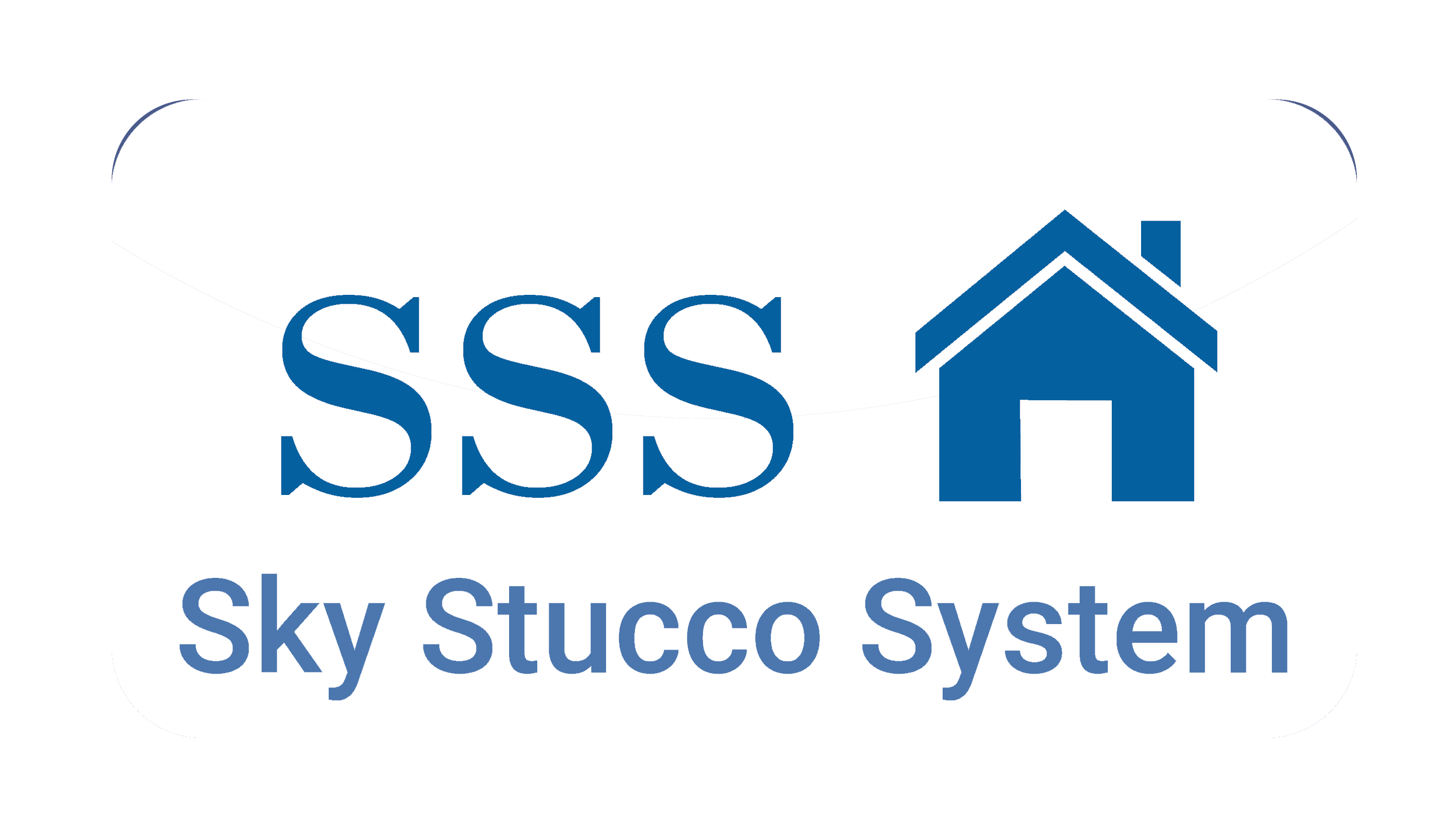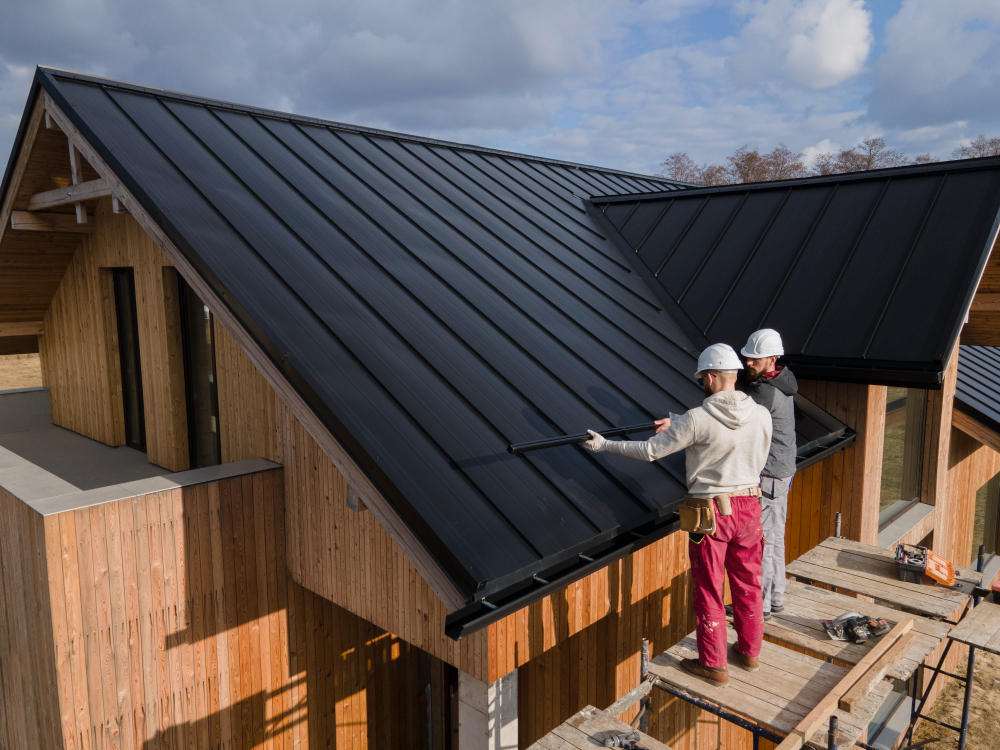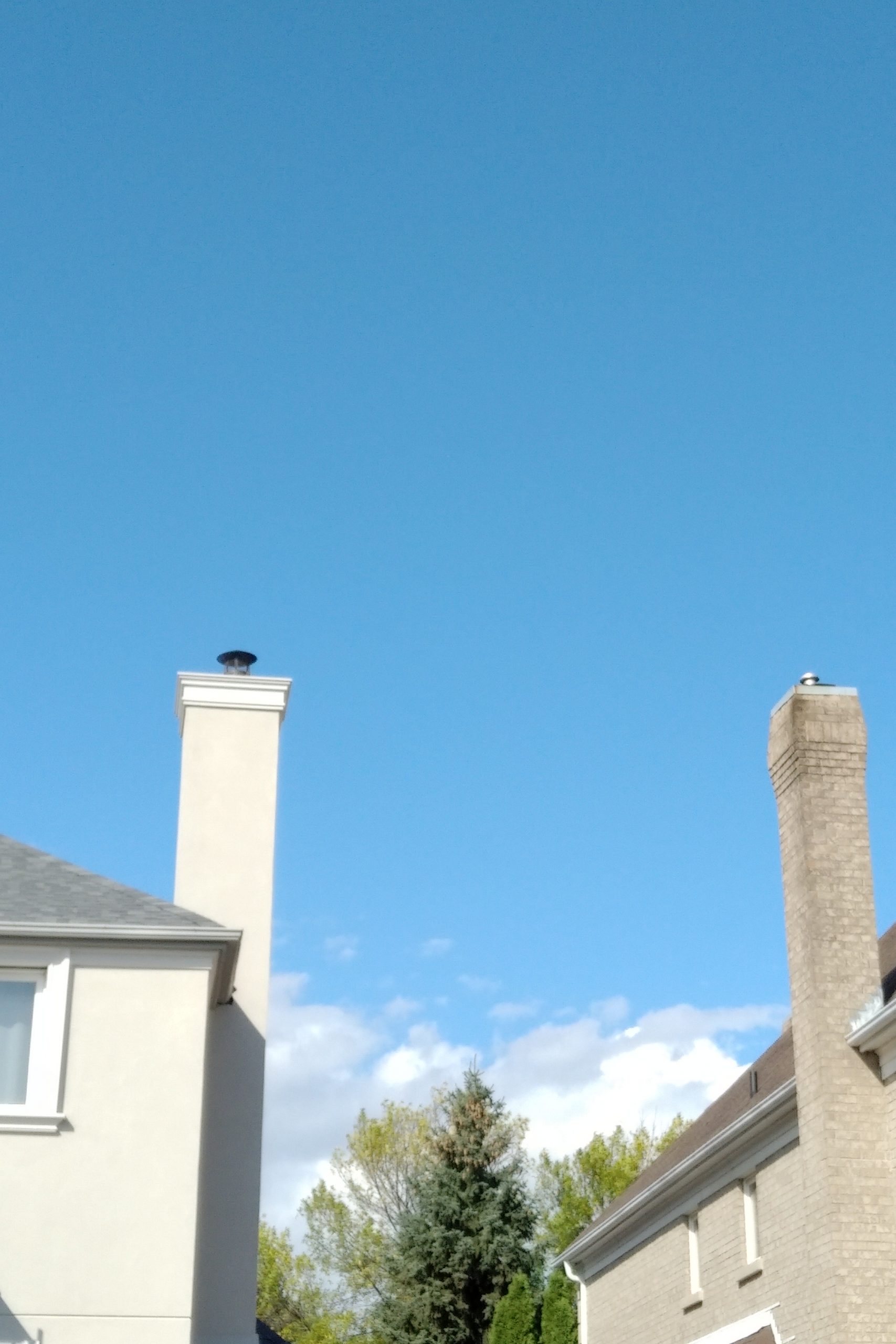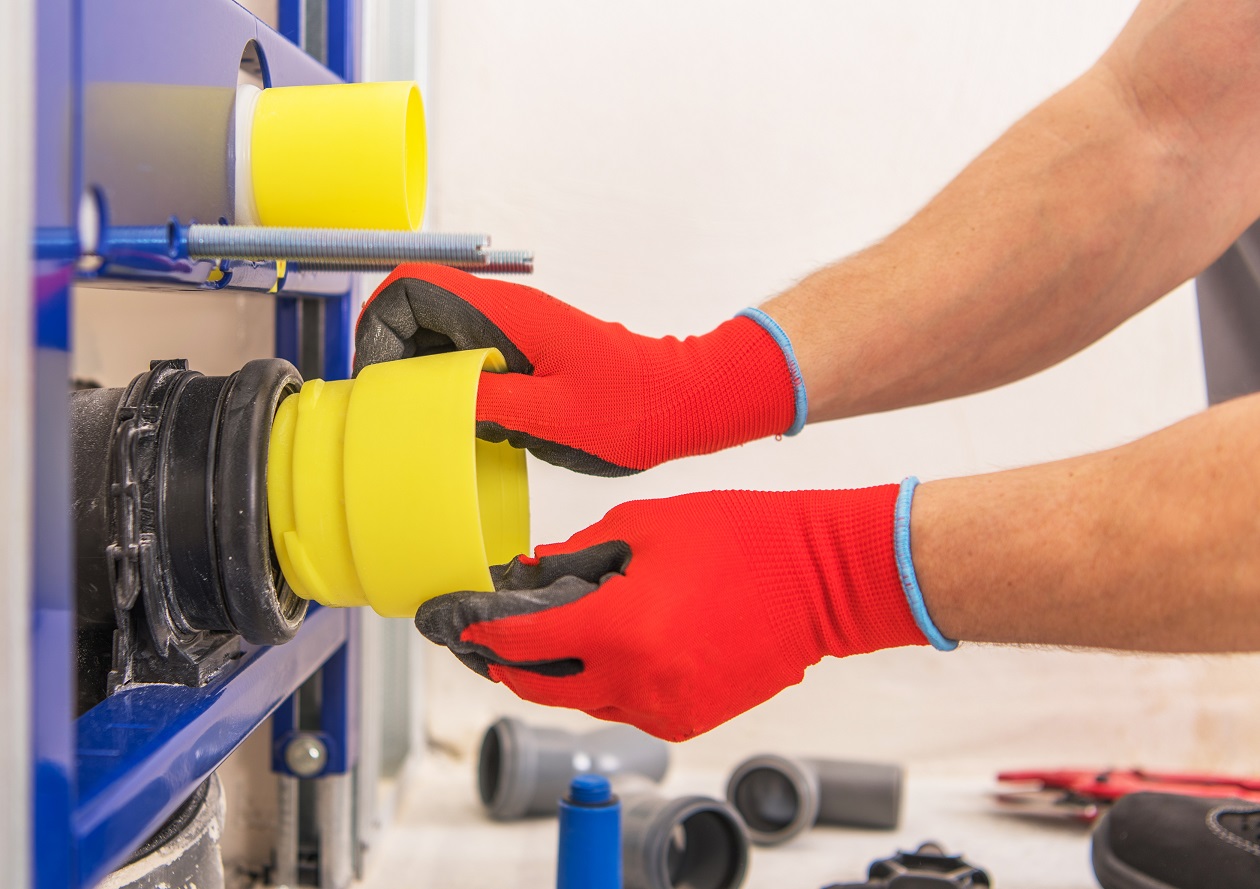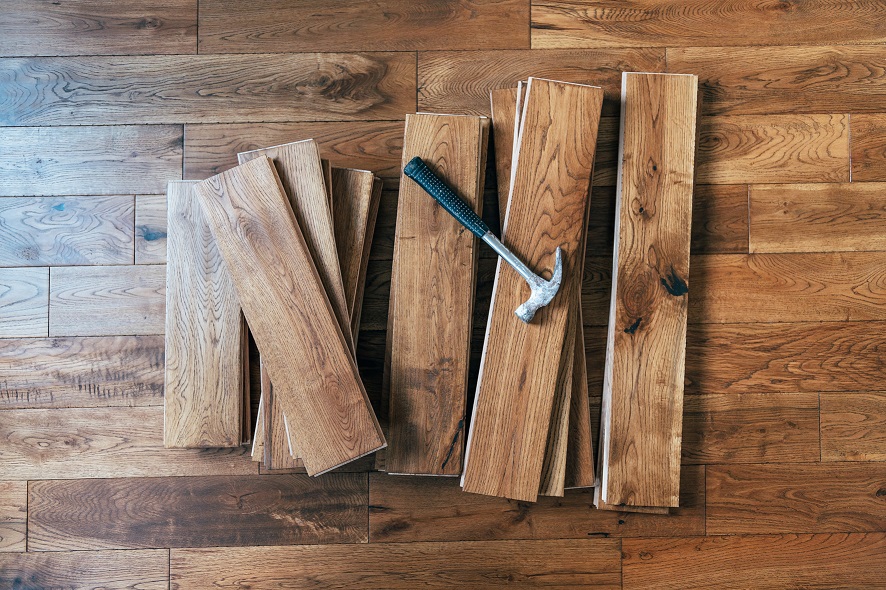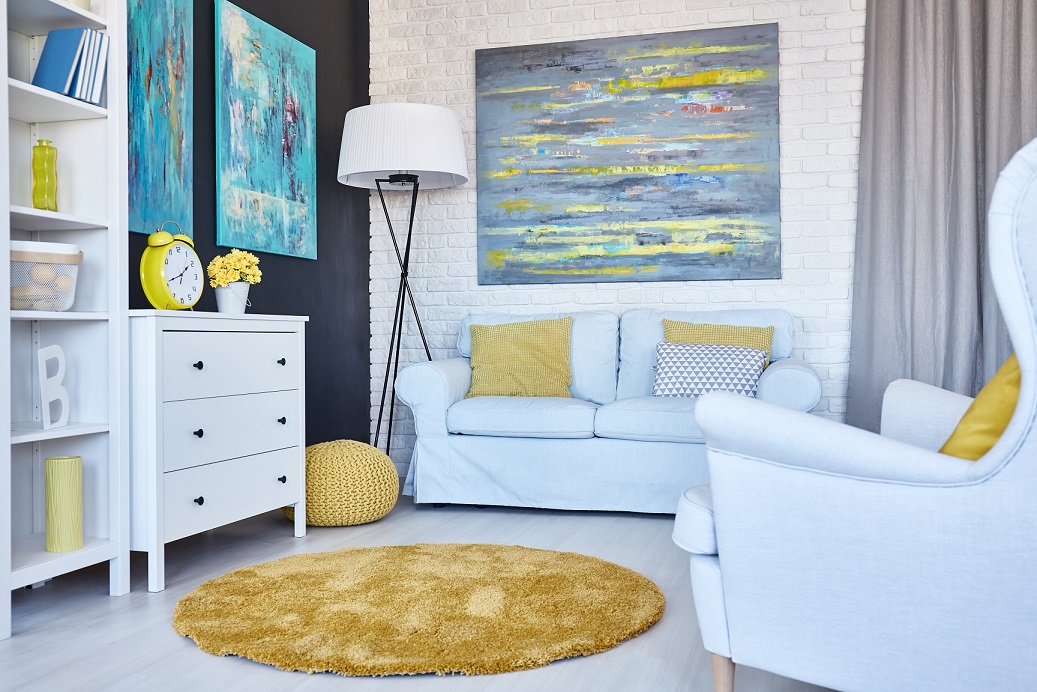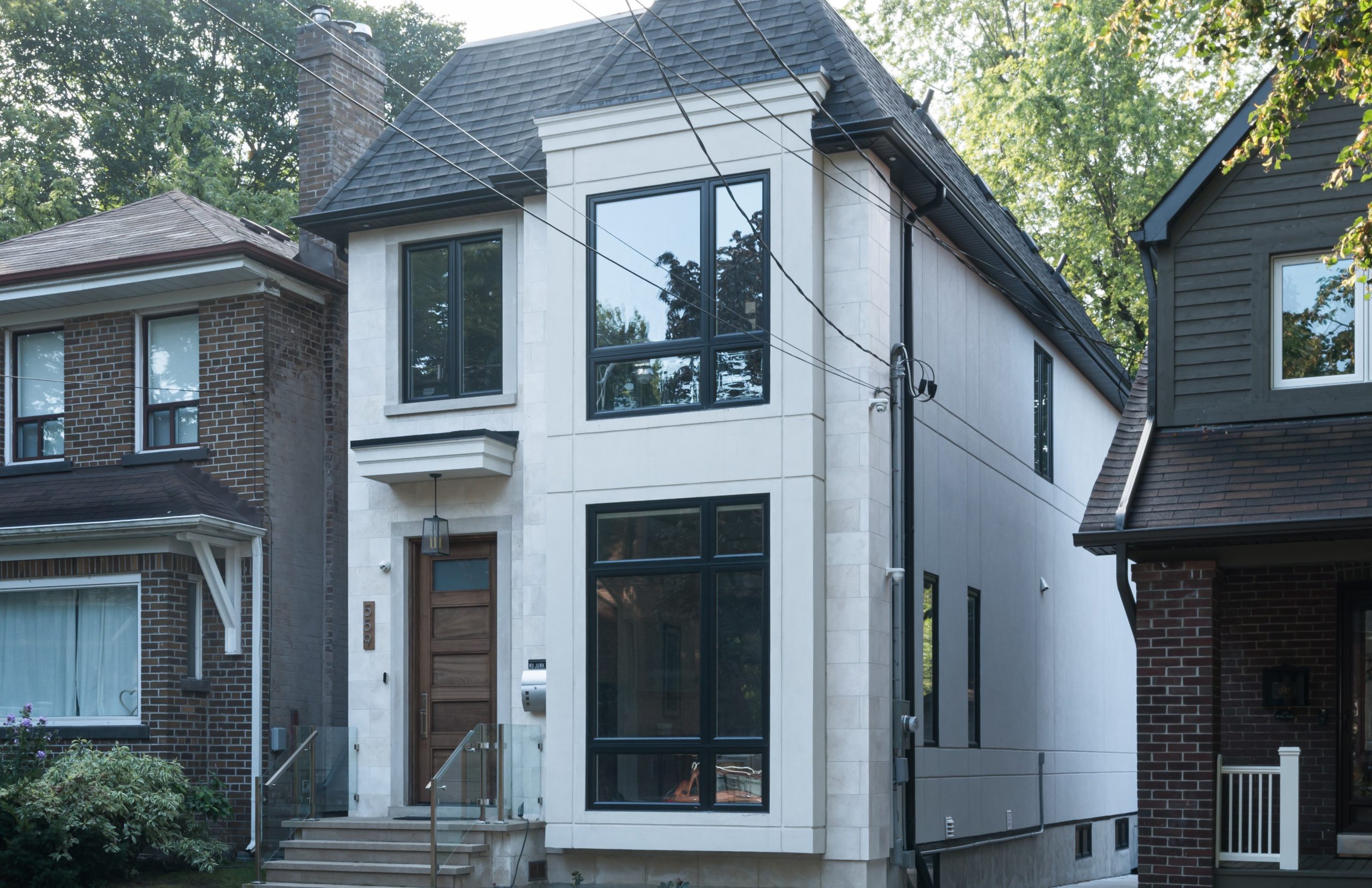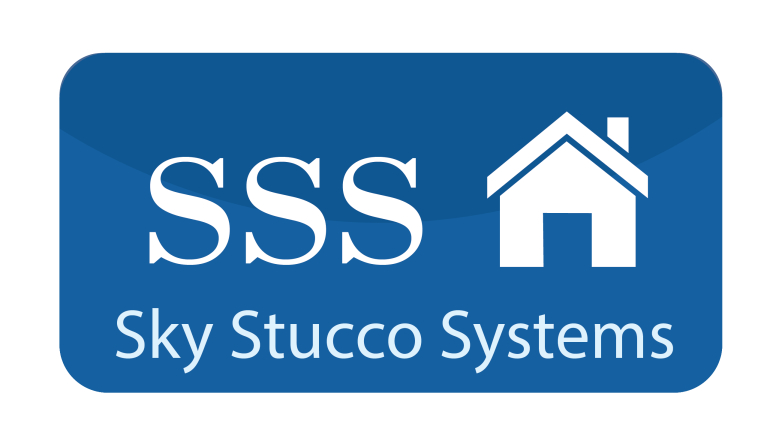Putting up a structure, regardless of size, costs a fortune.
So, rarely will any property owner want to add to such a huge amount, the cost of maintenance or fixing damages regularly. Of course, the quality of the materials used for buildings determines their durability and ability to last longer.
Exterior Insulated Finish Systems (EIFS) are unique cladding solutions that help you achieve a solid building exterior. They provide control against some factors that can cause your building exterior to dilapidate rapidly so that you save costs on maintenance.
Even though there are other cladding systems such as siding with stucco and bricks this article will tell you why this cladding system is preferred. In addition, you will have answers to some questions you may likely have.
Unique Benefits Of EIFS
#1. Energy Conservation
A major value EIFS provides is energy efficiency and codes. They can reduce air infiltration to a great extent, a feature that standard brick or wood construction doesn’t offer. The result is that the walls can retain heat and conserve energy.
More so, most EIFS use an insulation board with an R-value of R-4 to R-5.6 per inch as the innermost layer in the wall system and thus contribute to the “R-value” of a building. R-value of a building shows the extent to which the building can resist heat. This means that a building with a high R-value is a testimony to the building materials’ insulating value.
#2. Durability
Compared to stucco, wood, and other siding materials, you may not need to paint your building if you use EIFS. Made with 100% acrylic binder, they are super resistant to fading, chalking, or even yellowing, and therefore last longer.
EIFS are also resistant to dirt, mold, and mildew, and mold, this helps maintain the buildings’ appearance. Weather rarely affects EIFS, they absorb building movement so that the temperature does not affect the wall and cause it to crack. This is one challenge with concrete, stucco, and brick exteriors.
#3. Moisture Control
From research, EIFS is the “best performing cladding” when you talk about thermal and moisture control. This is opposed to sidings like stucco, brick, stucco, and fiber cement. EIFS are strong water-resistant exterior surfaces for buildings.
Water intrusion is rarely the case with EIFS cladding structures, unlike other cladding systems. However, you must ensure that you install them properly. To further strengthen the system in this regard, use quality windows – AAMA certified windows to precisely.
Also, there must be proper flashing and sealing around the windows, roofs, doors, all attachments, and all other exterior wall penetrations. A maintenance routine that will do you a lot of good. You should fix the tiniest damage outrightly.
#4. Design Flexibility
Even though stucco and stone are visually appealing, EIFS are richer than them. With versatile colors and a wide array of textures, you can have any design or shape you desire.
Professional applicators find this system beneficial because they can create various unique exterior architectural detailing at a cheaper cost. Other traditional constructions such as arches, Keystones, cornices, etc, aren’t cost-effective.
#5. Fire Resistance
EIFS has passed the major fire resistance tests that are required by the building codes. These tests include:
- Fire Resistance (ASTM E 119)
- Ignitability (NFPA 268)
- Intermediate Multi-Story Fire Test (NFPA 285 (UBC 26-9))
They also showed resistance to the spread of flame within a combustible component of panels from one story to the next. In addition, they resisted lateral spreading of flames from the origin of the compartment fire to adjacent spaces.
Some Exterior Insulated Finish Systems FAQs
What is EIFS?
Exterior insulated finish systems(EIFS) basically are a unique type of cladding system. It uses strong insulation boards on your walls’ sheathing to provide superior resistance to your buildings. They are also known as synthetic stucco.
How Do EIFS Work?
There are various types of EIFS, but while some utilize outer barriers to curb water penetration, others have a secondary drainage plane behind the insulation. However, all EIFS share something in common; they are made with lightweight, synthetic materials.
Typically, in the EIFS, you install panels of polystyrene foam insulation and then coat them. Furthermore, you apply glass fiber mesh to the panels for reinforcement, then coat again. This process increases the thickness of the wall and makes them durable and resistant to all factors that can affect the wall.
How is EIFS Installed?
Whether old or new, a plastering contractor can EIFS on any structure that needs a facelift or improvement. The contractor can use his (her) hand to install the system. But, since technology has made life easy, the contractor can opt for factory already-made panels so that they just attach to the building using a crane.
Exterior stucco repairs is an exterior stucco contractor in Toronto that can help you with the EIFS installation.
How Much Do EIFS Cost?
EIFS is one of the most cost-effective exterior cladding systems. Basically, what determines the cost of EIFS is the thickness of the wall, quality of the insulation board, and type of exterior finish coat.
For instance, if you decide to go for a textured brick coating, you may have to spend because it is more expensive than using a simple stucco-like coating.
On an average estimated cost, EIFS costs $0.86 per square foot for material and an extra installation cost of $5 to $6. When compared to the benefits of this cladding, one of which is energy conservation, the cost is quite reasonable. With EIFS, you save some money on monthly energy bills.
What Are The Shortcomings Of The EIFS?
One challenge you may encounter with the exterior insulated finish system is moisture accumulation in the wall cavity. The reason for this is that barrier EIFS is prone to water intrusion. There could be improper joints and a lack of fine flashing, making it easy for water to penetrate.
When this is the case, the system may not dry out easily. This may also lead to mold growth and wood decay.
More so, this system may breed pest infestation because of the EPS foam panels it uses in the process. Carpenter ants and termites are some pests that you may have to fight.
Bottom Line
EIFS is a better option if you need a cladding system that will give the best and save you unnecessary costs in the future. With layers of panels and double coating, your walls are thick enough to resist fire, water, and weather impacts. Aside from that, you have a beautiful building exterior that won’t fade in a hurry. You may need to try the exterior insulated finish system, it has so much value to offer.
